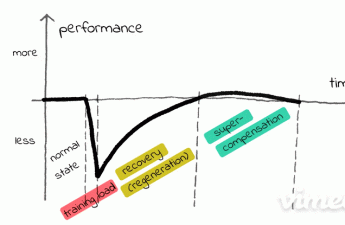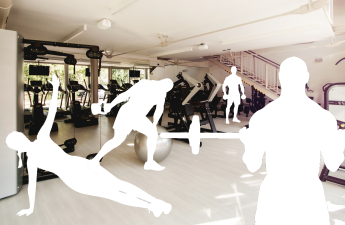For many, the term “regeneration” sounds like a wellness holiday and diminishing bite. Often only one thing is understood by it: The time between two training sessions. But what is regeneration all about? And is regeneration really always the same? Or does it make a difference how you trained before?
First of all: No, regeneration is not always the same. And yes, it makes a difference how you trained before. But that was already somehow clear after the two questions above. So again in detail: Why does regeneration differ depending on the previous training stimulus?
Regeneration with endurance training
In the course of endurance stress, such as running, the body’s glycogen reserves are used up. The CNS (central nervous system; i.e. brain and spinal cord) is also depleted. The body therefore has a general need for recovery, which requires work on several construction sites. However, there are no microtraumas.
Regeneration with build-up training
The situation is completely different with build-up training. During the workout, microscopic injuries to the muscles – so-called micro-traumas – occur. And this is exactly what the body needs to repair during regeneration. So it is rather a matter of local repair needs.
What does the body need for successful regeneration?
The “repair” of the body after a previous load requires a few “building materials”. In concrete terms: sufficient proteins or amino acids as well as energy, i.e. carbohydrates. But what is at least as important is sufficient time. It is of little, if any, use to supply the body with sufficient amino acids and carbohydrates and to demand maximum performance within a few hours.
Consideration in training planning
This now leads us to the following conclusion: regeneration is not really a “feel-good” topic, where you sip cocktails in the thermal bath. Rather, it is exactly what you have been aiming for with the hard training in many cases: Namely, the phase in which the muscle building takes place. Of course, this also results in central tasks for training planning: if the next load is placed on the respective muscle too early, the build-up process is interrupted. If it happens too late, it can happen that the optimal time for setting the next training stimulus is missed.
In order to support regeneration, active measures such as stretching after training and passive measures such as massages and sauna can also be taken. In addition – as is usually the case – you should also make sure you get enough sleep and eat a healthy diet.



